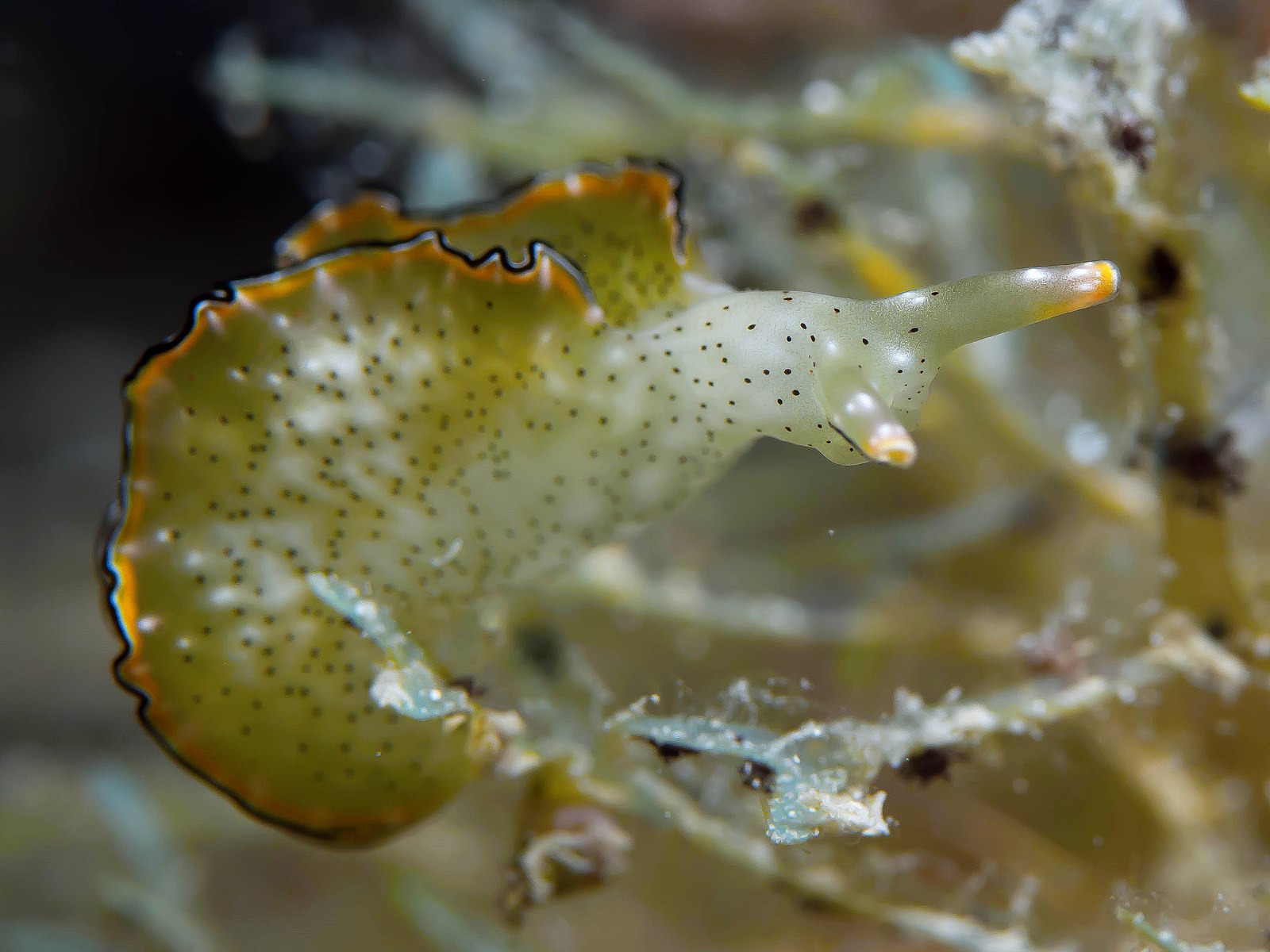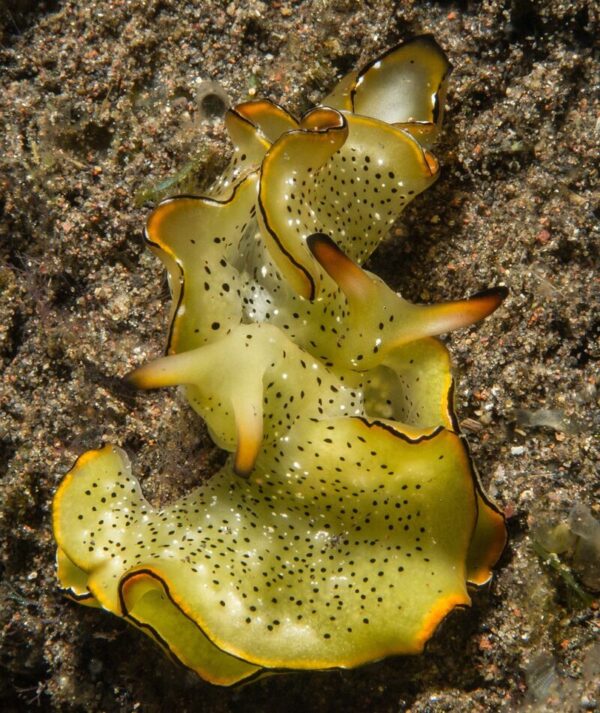Sea Slugs are Decapitating Themselves
We have the inside scoop on these marine Marie Antionettes

It’s hard to select a single favorite ocean fact when you do what I do every day, but if I had to choose one it would be this: when scared or defending against a predator, a sea cucumber can shoot out its guts to distract and repel. Don’t worry, they don’t die during this escapade. They can regrow their organs, ready to throw them at the next crab who makes the mistake of considering them a snack.
This has been my favorite fact since I was a kid. I remember when I learned about it I couldn’t stop laughing. I would imagine in my head what it would be like if I could throw my stomach at the bully behind me in class or distract my parents by tossing out a liver on the kitchen table. After learning this, my sister would just have to whisper “sea cucumber” to me and I would erupt into an uncontrollable laugh that would take my breath away. As little sisters are keen to do, she used this power often and at the worst possible moments.
Well, move over sea cucumbers, because scientists have recently discovered an ocean critter that does a complete body makeover that would put the Fab 5 to shame. I nearly spit out my coffee when I scrolled by a delightful headline that wrote “Sea slugs discovered with ability to self-decapitate and grow new bodies.” Was the sea cucumber about to be dethroned in my heart?
Before we answer that, let’s dive into this discovery. It all started one day in a lab (as all good regeneration stories do), when a scientist noticed a sea slug had been decapitated and was yet still living. Its heart was still beating and its head was still moving. To the amazement of, I assume, the entire world, the sea slug proceeded to grow a new body from the head that was left.

These little marine Marie Antionettes were guillotining themselves so that they could regrow their bodies becoming even more powerful queens of the ocean. Sea cucumbers and other animals might lose body parts but never a whole body. That distinction is reserved solely for these magnificent sea slugs who typically lose 85% of their body weight in the process. Scientists think the sea slugs most likely ditch their bodies because they are harboring parasites.
New year, new me, am I right?

It takes about three weeks for them to completely regrow their body but most of their vital organs are generated in a week. Researchers still aren’t sure how these incredible sea slugs are able to survive without a heart and the bulk of their body for so long. One theory is that they are able to regenerate by getting nutrients using photosynthesis as plants do. The two sea slugs that have exhibited this regenerative decapitation, Elysia marginata and Elysia atroviridis have chloroplasts which they get from eating algae. The chloroplasts allow them to sustain themselves partially on sunlight. They are sometimes called solar-powered sea slugs for this unique ability. This could help them survive for a while without their bodies and vital organs.
If you haven’t already gotten on the sea-slugs-are-the-coolest-animals-in-the-ocean train, I hope you’re on board now. Sea slugs are mind-blowingly beautiful, complex and fascinating. I am constantly thankful for the ocean and all the weird creatures who live there for brightening my life with crazy facts.